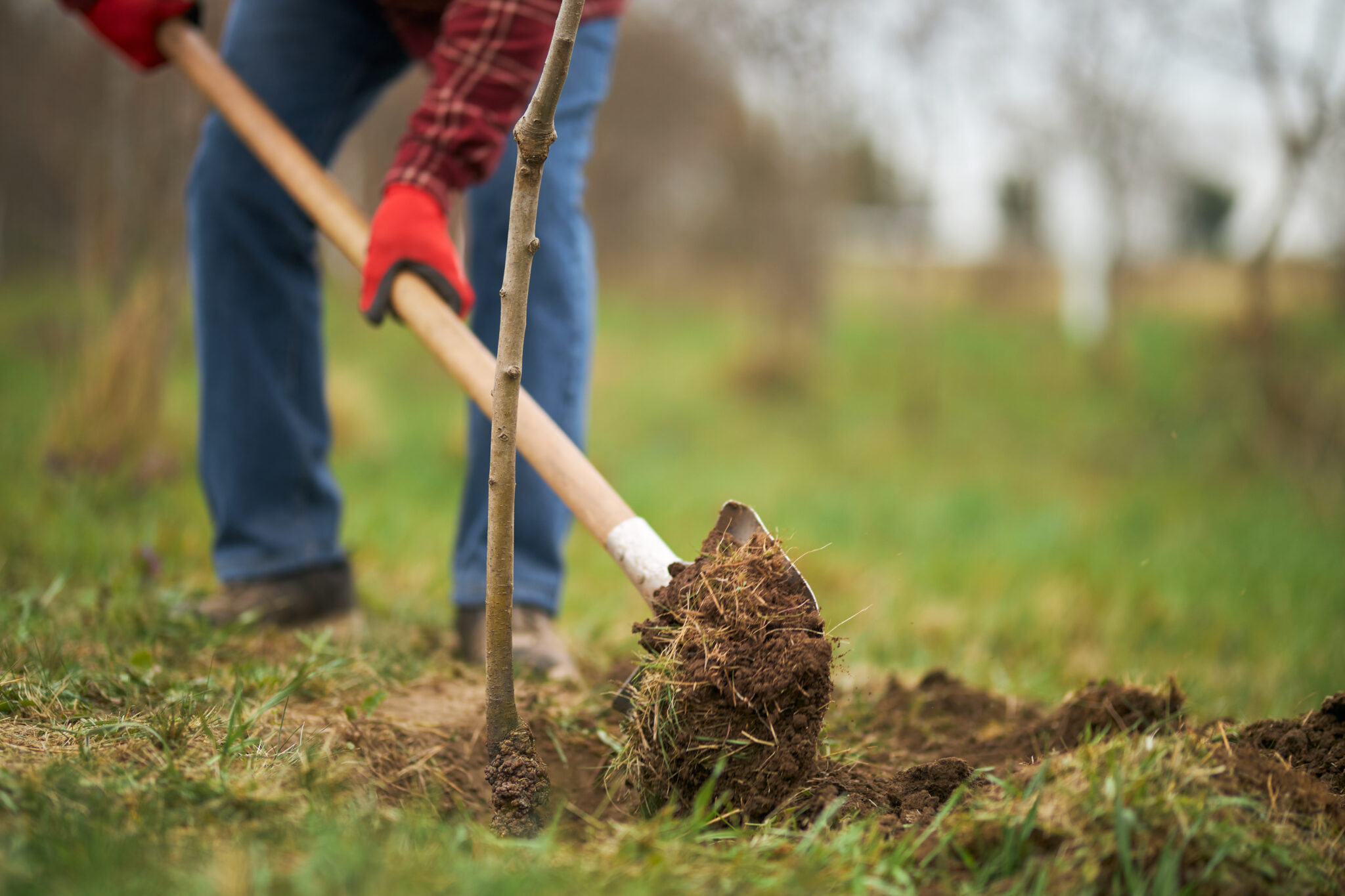Trees are an essential component of any landscape. They provide visual appeal, wind protection, and shade. They also entertain children, create habitats for wildlife, and reduce energy costs. Given their importance, care should be taken when selecting, planting, and caring for trees.
Every tree experiences some degree of “transplantation stress” between planting and establishment, regardless of its history. After planting, the tree’s root system may take several years to balance. Most trees require very little care once planted. However, planting strategy, site preparation, and post-planting care will influence survival rates.
The main purpose of planting a tree is to choose a plant whose roots can quickly spread into the soil, providing a suitable environment for roots to grow. Many factors influence a tree’s ability to take root.
Choosing the Right Tree
Before digging, consider which tree will be best for your site. Climate, soil type, and available space are all critical factors in your selection. Native trees are often the best option because they acclimate to their environment and support the local ecosystem. Research the specific requirements, mature size, and growth habits of the tree species you are interested in.
When to Plant
Late winter/early spring, just before the buds open, or late fall, when the tree is dormant but before the ground freezes, are ideal times to plant a tree. Planting trees in the middle of summer is not a good idea. The greatest danger to the life of a newly planted tree during this period is heat stress, which can easily be caused due to insufficient water supply. Giving your new tree enough time to develop deep roots before a winter or summer challenge will help it establish properly when planted at the right time of year.
Dig a Tree-Planting Hole of the Correct Size
The planting hole should be large enough to accommodate the root ball, approximately 1.5 times wider than the container where the tree arrives from the nursery. Despite their apparent fragility and inability to penetrate solid soil, tree roots produce fluids called “exudates” that enrich the soil with nutrients and allow roots to spread out from the planting hole.
If you dig a hole slightly larger than recommended, your tree will grow well. Try not to dig a deeper hole than the tree’s root ball. Be careful to compact the soil you use to fill the hole to the correct depth if you accidentally dig deeper than necessary. Over time, the disturbed soil can sink, causing the tree to fall.
Inspect the roots
Inspect the tree’s roots by removing it from its container—burlap, plastic pot. If the tree were root-bound in a pot, the pattern of roots would be tightly packed into a circle. Using your hands, gently loosen and straighten the roots to break them. You may have to cut the tightly curled roots one by one. An alternative method is to make an X-shaped cut at the bottom of the root ball and then cut it down the sides in vertical slices.
Soak the roots in water for at least an hour when planting a bare-root tree. Spread out the roots to encourage outer growth. This important step will allow the roots to grow outward rather than around the root ball for potted or bare-root trees and encourage new root growth.
Planting the Tree
When removing the tree from its packaging or container, avoid damaging its roots. After ensuring the top of the root ball is level with the surrounding dirt, place the tree in the centre of the hole. To remove air pockets, fill the hole with soil and gently press it into the tree’s base.
Watering and Mulching
After planting, water the tree well to settle the soil and keep the roots moist. To stop moisture buildup and possible rot, spread a mulch around the tree’s base, leaving a few inches of space around the trunk. Mulch controls soil temperature, suppresses weed growth, and helps retain moisture.
Provide Ongoing Care
Water the tree regularly, especially in the first year after planting. Monitor its development and take quick action to address any problems such as pests, diseases or nutrient deficiencies. Pruning may be necessary to shape the tree and eliminate broken or dead branches.
Enjoy and Maintain
Your tree will enhance the beauty of your surroundings and help the environment in many ways as it grows. Share your knowledge with others and gain satisfaction from what you have done to make the world greener. Consistent care, such as watering, mulching and pruning, will ensure the tree’s continued success for many years.
The Takeaway
Planting a tree is a meaningful act that has long-term benefits for both people and the planet. By following these steps and taking good care of your tree, you will create a healthier environment and leave a legacy for future generations. So, roll up your sleeves, grab a shovel, and let’s get planting! Together, we can make a difference, one tree at a time.






